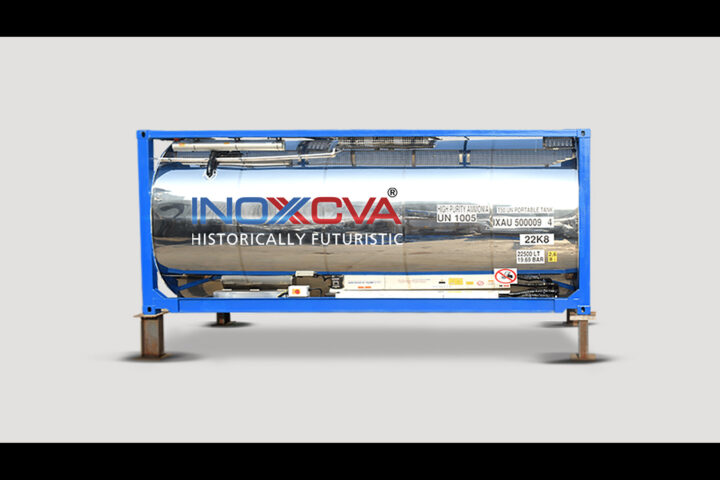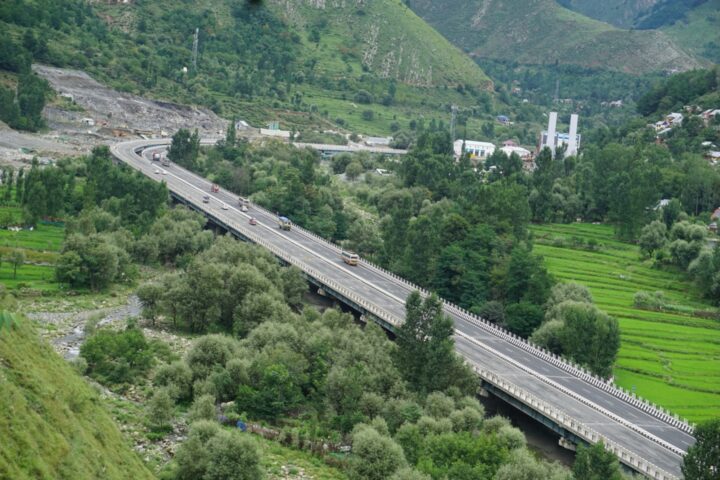by Varun Gada, Director of LP Logiscience, A Liladhar Pasoo Company
India's warehousing industry is undergoing a significant transformation, and is poised to become a pivotal player in both domestic logistics and international trade. This evolution is driven by a supportive policy structure, exemplified by the National Logistic Policy, which aims to bolster logistics infrastructure, attract foreign investment, and foster technology adoption.
As of 2022, the Indian warehouse market size reached INR 1,248 Billion and according to analysts, it is expected to reach to INR 2,271 Billion by 2028, exhibiting a CAGR of 10.49% during 2022-2028. In 2023 also, the Indian warehousing sector has experienced a remarkable transformation, marked by significant increases in transaction volumes, reduced vacancy rates, and a shift towards third-party logistics providers (3PL). According to detailed Knight Frank Report, a staggering total of 51.3 million square feet of warehouse space was transacted during FY 2022-23. Also, in a departure from the trends observed during the pandemic years from FY 2020 to FY 2022, third-party logistics (3PL) logistics players captured a substantial 54% share of warehousing volumes in FY 2023.
Some key trends that have significantly altered and given a boost to the sector include:
- The National Logistic Policy: A Game Changer
The cornerstone of India's logistics transformation is the National Logistic Policy, unveiled in August 2020. This comprehensive framework aims to reduce logistics costs, enhance infrastructure, and make India a global logistics hub. One of its pivotal components is the establishment of logistics parks and the development of multi-modal transport infrastructure, which are set to have a profound impact on warehousing.
- Logistics Parks: Centers of Excellence
Logistics parks are emerging as critical hubs for warehousing and logistics operations. These parks offer integrated facilities for transportation, storage, and value-added services, streamlining the supply chain and reducing operational inefficiencies. By facilitating the aggregation of goods from various sources, logistics parks enhance the efficiency of both domestic and international trade. The National Logistic Policy's emphasis on developing logistics parks across the country has catalyzed the growth of Grade A warehousing spaces.
- Foreign Direct Investment (FDI) in Warehousing
To further accelerate warehousing growth, the Indian government has liberalized FDI regulations in the sector. This has led to increased interest from foreign investors, who recognize the immense potential of India's logistics and warehousing market. Foreign investment not only injects capital but also brings in global best practices, technology, and expertise. As a result, we are witnessing a surge in Grade A warehousing facilities equipped with modern technology and automation, catering to the growing demand for efficient storage and distribution.
- Tech Adoption: The Backbone of Modern Warehousing
The incorporation of cutting-edge technology is reshaping the Indian warehousing landscape. Automated storage and retrieval systems, real-time tracking, and data analytics are becoming commonplace, enabling more efficient inventory management, order fulfillment, and cost optimization. This technology adoption is driven by both domestic and international logistics players who seek to enhance their competitiveness. The National Logistic Policy's focus on technological advancements in logistics has acted as a catalyst or this transformation.
- Growth in Tier 2 and Tier 3 Towns
While metropolitan areas have traditionally dominated the warehousing landscape, the growth potential in Tier 2 and Tier 3 towns is now being realized. The National Logistic Policy's push for multi-modal transport infrastructure is connecting these towns to major consumption centers and ports. This connectivity, coupled with the availability of land at competitive prices, is making these regions attractive for warehousing development.
- Grade A warehousing by 3PL and 4PL Players: The Driving Force
The growth of Grade A warehousing in Tier 2 and Tier 3 towns is facilitated by the active participation of 3PL and 4PL service providers. These players bring expertise in supply chain management, technology adoption, and operational efficiency. They offer end-to-end logistics solutions, which are increasingly preferred by businesses seeking to focus on their core competencies. This partnership between warehousing providers and logistics experts is a win-win, resulting in more efficient supply chains and a thriving warehousing industry.
India's warehousing industry is on an exciting trajectory, with the supportive policy structure provided by the National Logistic Policy playing a pivotal role. And, holistically, these strategic policy initiatives are aligning Indian warehousing practices with international standards, fostering efficiency, reliability, and competitiveness on the global stage. Furthermore, the warehousing sector in India is increasingly embracing green practices, promoting sustainability through energy-efficient infrastructure, eco-friendly materials, and waste reduction, which aligns with international environmental standards, signalling a responsible and forward-thinking approach to logistics and warehousing.This transformation is not only enabling the warehousing sector to meet domestic demands but is also positioning India as a promising hub for international trade. As the warehousing sector continues to evolve, it will play a crucial role in fuelling India's economic growth and global trade aspirations.




























Follow